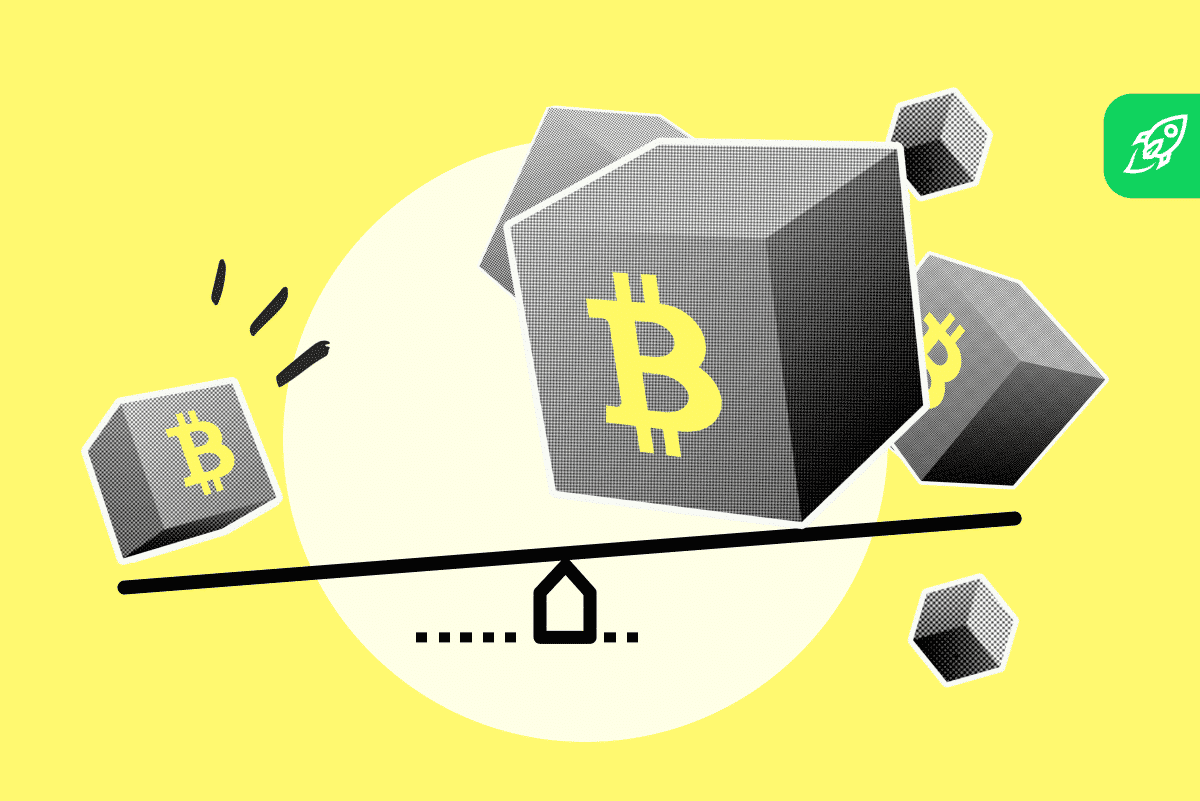Changelly
1M
141

Image Credit: Changelly
Crypto Margin Trading: How It Works and How to Manage the Risks
- Crypto margin trading allows traders to borrow funds to trade cryptocurrencies with more capital than they own, using leverage to amplify their position size.
- Long vs. short positions in margin trading involve multiplying profits and losses based on the leverage used.
- Understanding terms like margin, leverage, collateral, and liquidation is crucial for effective margin trading.
- Margin trading differs from spot trading as it involves borrowing funds and using leverage, which increases both profit potential and risk.
- Types of margin trading include isolated margin trading and cross margin trading, each with its own risk management strategies.
- Costs and fees associated with margin trading include interest fees, trading fees, liquidation fees, and hidden costs like spreads and slippage.
- The benefits of margin trading include increased profitability, capital efficiency, and trading strategy expansion.
- Risks of margin trading include liquidation risk, interest costs, volatility multiplying losses, and technical complexity.
- Risk management strategies in margin trading involve utilizing stop-loss and take-profit orders, monitoring margin levels, and adapting leverage based on market conditions.
- Beginners are advised to use demo accounts, start with major crypto pairs, keep leverage low, and focus on risk management and discipline in margin trading.
Read Full Article
8 Likes
For uninterrupted reading, download the app